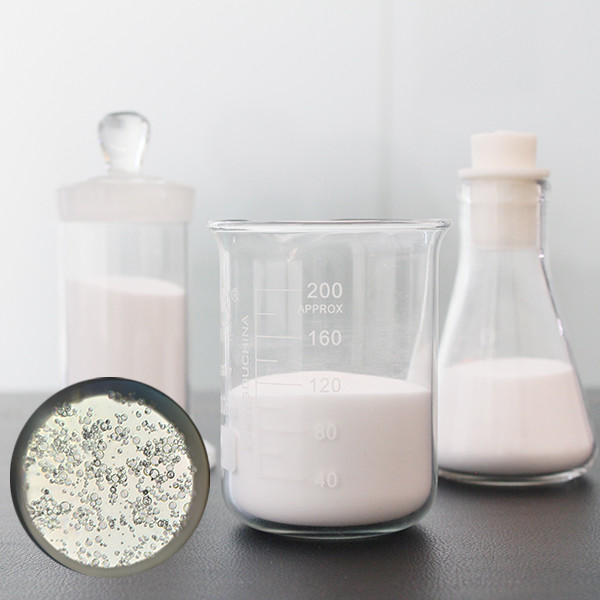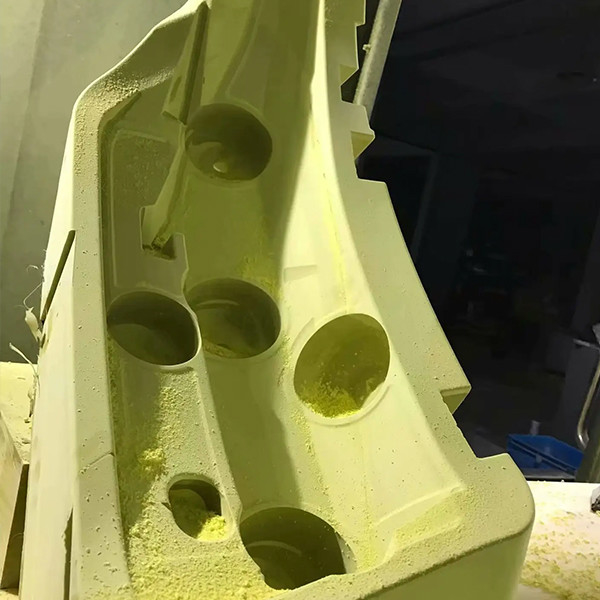HN40 Glass Microspheres
Product Specifications
| Attribute |
Value |
| Product name |
HN40 glass microspheres |
| Application |
construction |
| Diameter |
10-75 µm |
| Density |
0.15-1.0 g/cm³ |
| Compressive Strength |
100-8000 psi |
| Chemical Composition |
SiO2, Na2O, CaO, MgO, Al2O3 |
| Color |
White or transparent |
| True Density |
0.38-0.42 |
| Bulk Density |
0.20-0.23 |
Product Description
Hollow glass bubbles, also known as glass microspheres, serve as lightweight fillers in composite materials like syntactic foam and lightweight concrete. These microspheres provide exceptional properties including light weight, low thermal conductivity, and superior resistance to compressive stress compared to other foam materials.

Key Applications
- Plaster and stucco: Used as lightweight filler to reduce weight and improve workability in interior/exterior walls, ceilings, and decorative features
- Insulation: Enhances thermal and acoustic properties in insulation boards and coatings
Technical Specifications
| Model |
True Density (g/cm³) |
Compressive Strength (Mpa/psi) |
Diameter (µm) |
| HN40 |
0.38-0.42 |
28/4000 |
D10: 20 |
D50: 40 |
D90: 75 |
Product Advantages
Lightweight · Easy Dispersion · Heat Insulation · Noise Reduction · Enhanced Fluidity
Why Choose Our HN40 Glass Microspheres?
- Specialized in manufacturing Hollow Glass Bubbles for over 20 years
- Rank among the largest HGB manufacturers globally
- Guaranteed product quality with verified density, radius, and compressive strength
- Consistent product performance and reliability
Frequently Asked Questions
What packaging options are available for HGBs?
We offer carton and ton bag packaging options with dimensions varying by model and density. Customers can discuss preferred packaging plans with our team in advance. Custom packaging solutions are also available for special requirements.
What are Hainuo Technology's achievements in the HGB field?
Founded in 2011 with research backing from government institutions, Hainuo Technology has achieved significant technological breakthroughs. We've earned national honors including "High-Tech Enterprises" and "Outstanding Enterprise in Shanxi province." Our products are used in major national oil and ocean projects by CNPC and CNOOC.
What safety precautions should be taken when handling HGBs?
Unpackage in well-ventilated areas with minimal vibration to reduce dust emission. For sensitive individuals, safety glasses and gloves are recommended. Keep packages tightly sealed when not in use.
What are the benefits of using hollow glass bubbles?
HGBs enhance thermal insulation, fluidity, stiffness, strength endurance, and chemical resistance while reducing material weight.
What industries commonly use hollow glass bubbles?
HGBs are widely used in aerospace, rubber, plastic, marine, and construction industries as lightweight fillers that improve performance and reduce costs.
What is the size and density range of Hainuo HGBs?
Density ranges from 0.11-0.606 g/cm³ with sizes from 10µm to 115µm, varying by application requirements.
Are hollow glass bubbles environmentally friendly?
Yes, made from natural sand, HGBs are recyclable and environmentally safe. Hainuo prioritizes eco-friendly production throughout our manufacturing process.
Can HGBs be used in 3D printing?
Yes, they can be added to 3D printing materials to reduce weight, improve strength, enhance printability, and minimize warping.
Can HGBs be used in concrete applications?
Yes, they serve as lightweight aggregates in concrete, improving thermal insulation, fire resistance, workability, and durability while reducing weight.
What is Hainuo's production capacity?
Current annual capacity is 15,000 tonnes, expanding to over 35,000 tonnes by 2026 with our second production line.
How should HGBs be stored?
Store in dry, cool, dark areas away from moisture and direct sunlight. Keep packages tightly sealed to prevent particle emission.

 Your message must be between 20-3,000 characters!
Your message must be between 20-3,000 characters! Please check your E-mail!
Please check your E-mail!  Your message must be between 20-3,000 characters!
Your message must be between 20-3,000 characters! Please check your E-mail!
Please check your E-mail! 


